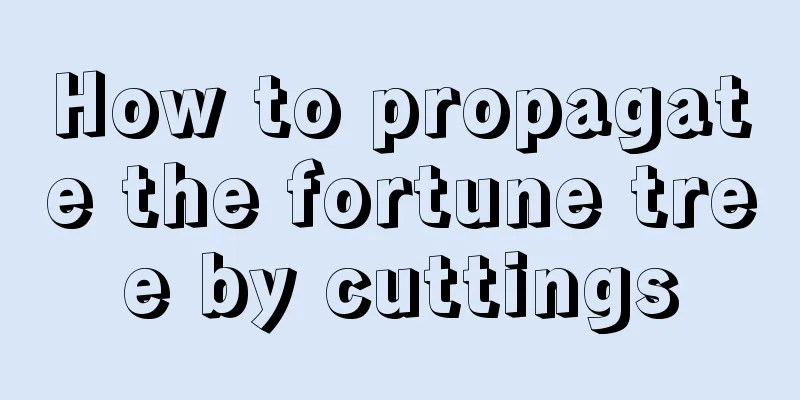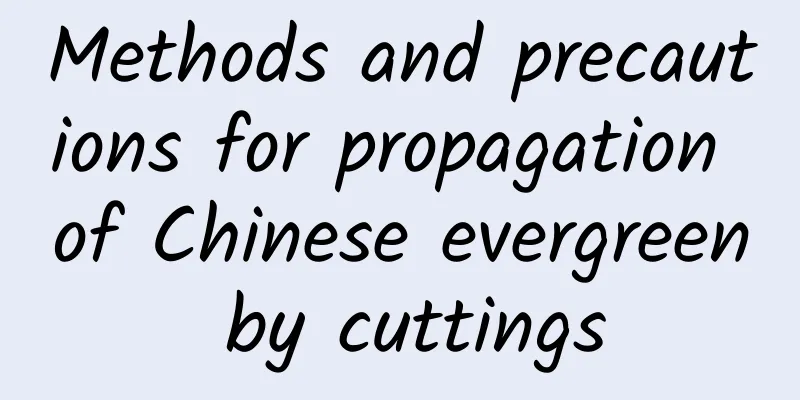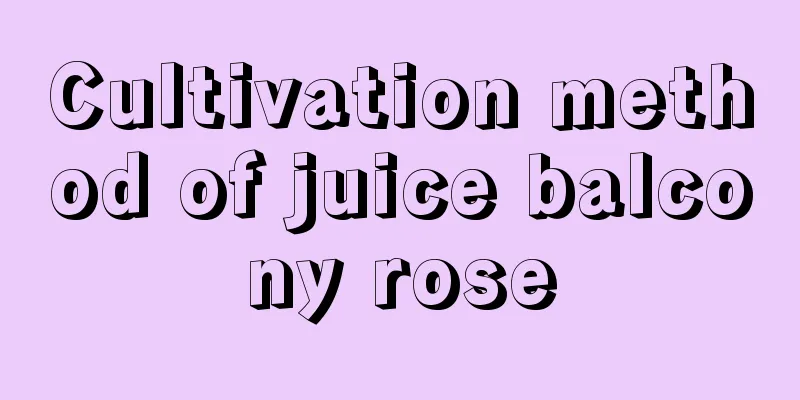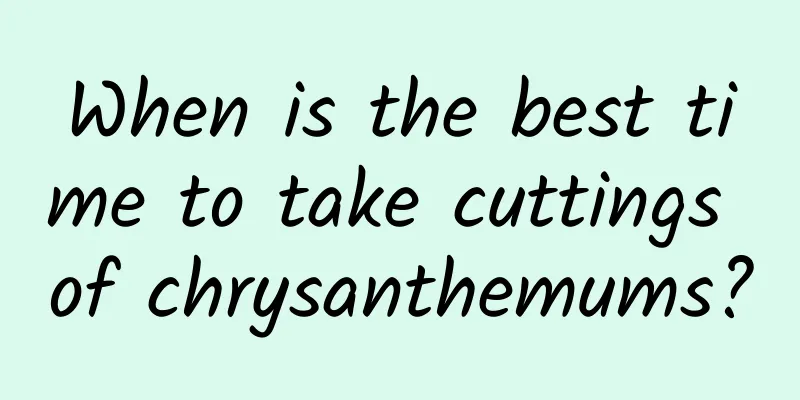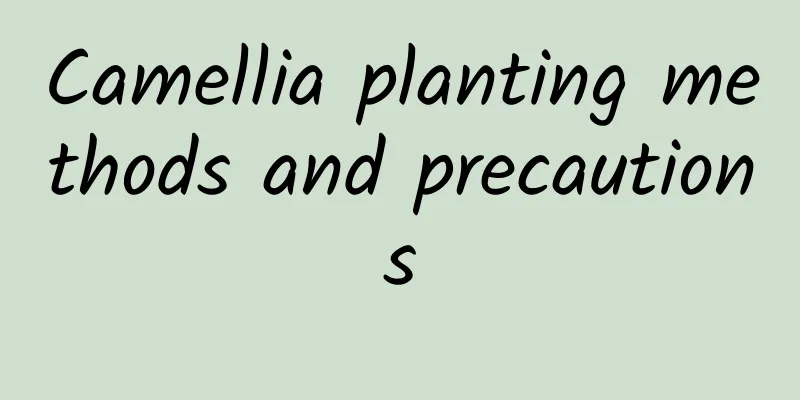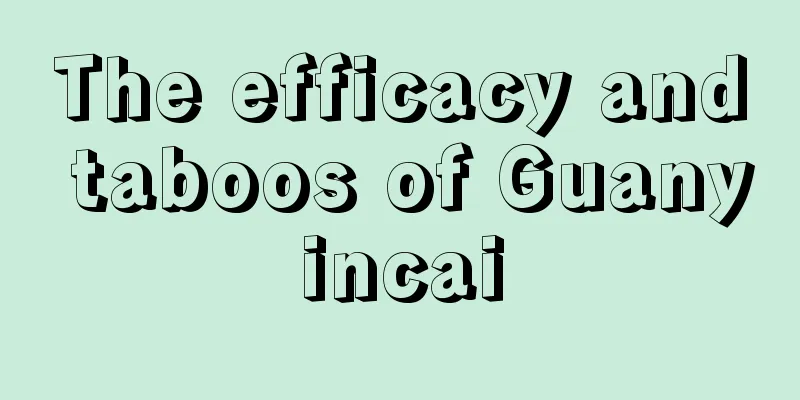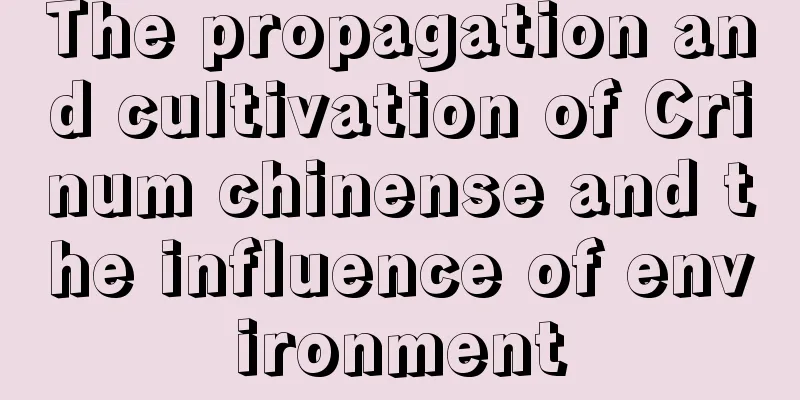When is the best time to plant yam?
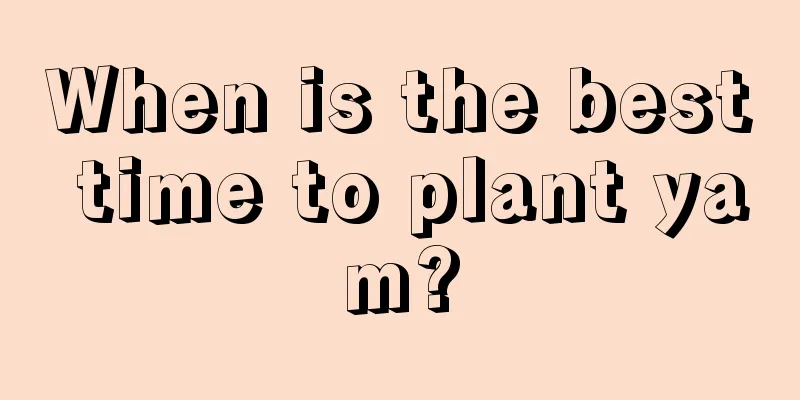
|
Yam belongs to the genus Dioscorea of the Dioscoreaceae family. It is a crop famous for its large underground fleshy roots. It is also called Huai yam or Huai yam. This plant prefers warm climates and is sensitive to frost. It grows best in an environment with a temperature of 25 to 28 degrees Celsius. Yams are not tolerant to waterlogging and prefer to grow in deep and fertile soils, such as sandy loam, clay and pure sand. These soil types help to develop their root systems and avoid the formation of multiple roots and forks, which would affect the appearance quality. Let’s learn together when is the best time to plant yam? When is the best time to plant yam? The timing of yam cultivation needs to be determined based on its growth characteristics and local climatic conditions. Yam is a perennial vine that prefers a warm and humid climate and has a weak tolerance to low temperatures. Its optimal growth temperature range is approximately 20 to 25 degrees Celsius, while the germination of rhizomes requires a temperature of no less than 10 degrees Celsius. Yam has high requirements for soil and is more suitable for growing in loose, fertile and deep soil. As a short-day crop, yam can also grow under the shade of trees and has strong drought resistance, but is more sensitive to waterlogging. Based on the growth requirements of yam, the temperature during sowing should be maintained above 10 degrees Celsius. Considering that it takes about half a year from sowing to harvesting of yam, sowing is usually done in spring. Specifically, growers in the Yangtze River Basin mostly start sowing in March, while the sowing time in the Huanghuai and Hai regions is a little later, concentrated in mid-to-late March to early April. The sowing period in North China is usually around the Qingming Festival, which is around April, and due to the lower temperature in the Northeast, the sowing time will be postponed to early May. Key points for yam cultivation 1. Land selection and preparation Yams are suitable for planting in loam with a pH value between 6.0 and 7.0. It is best to choose a plot with a low groundwater level to ensure soil permeability and drainage. Avoid planting yam in saline-alkali soil to ensure its healthy growth. 2. Preparation of propagation materials The reproduction of yam mainly depends on the taproot, which is the upper part of the rhizome when harvested. Select yam with a short, thick neck and no disease, cut off the top segment of about 20 cm, dry it in the sun for two days to reduce moisture and promote wound healing, then store it in a well-ventilated room, layered with sand, and wait for sowing in the spring of the following year. From the end of March to early April, plant the taproots according to the standard of 40 to 50 cm row spacing and 21 to 24 cm plant spacing, and cover and compact the soil. 3. Keep warm and germinate Since yam likes warmth and fears cold, the double-film insulation method can be used in early spring to promote its early germination, thereby achieving early maturity and increasing yield. In late February to early March, cut disease-free small stem pieces into 5 to 6 cm sections, or take 15 cm long yam seedlings as seedlings. The seedlings are first soaked in warm water at 50 to 55 degrees Celsius for 10 minutes, and treated with 1000 times diluted methyl isothioate. Then, lime powder is applied to the incision and air-dried for 2 to 3 days. After the incision heals, the seedlings are germinated in a place with higher terrain, sheltered from the wind and facing the sun, and free from pollution sources. 4. Planting density and seedling management At the turn of spring and summer, when the temperature is between 25 and 28 degrees Celsius, especially between 20 and 24 degrees Celsius, yam grows best. The germination period lasts about 10 days, and the seedlings are basically all out in about 25 days. At this time, the ground film needs to be broken to protect the seedlings from strong sunlight, and appropriate dense planting and seedling management should be carried out. To ensure adequate nutrient supply, about 12,000 seedlings should be guaranteed for every 667 square meters of land, and the excess seedlings should be removed in time to prevent excessive growth of vines. 5. Fertilization and topdressing Fertilization is divided into two stages: base fertilizer and top dressing. The base fertilizer can be 3000 kg/667 square meters of sheep manure or chicken manure, mixed with octanoic acid and applied to the soil. After the seedlings emerge, dig a fertilizer ditch 30 cm around the plants with a width of 6 to 10 cm, and apply 700 to 1000 kg/667 square meters of human manure. After entering the vigorous growth period, use compound fertilizer and cake fertilizer for topdressing, applying 30 kg and 60 kg per 667 square meters respectively. You can choose to apply fertilizer in holes or furrows, and cover the soil after fertilization. The above is an introduction to the planting time and cultivation points of yam. As a crop that prefers warm environmental climatic conditions, yam is usually suitable for planting in spring, but the specific planting time also depends on the specific environmental temperature of the region.
|
<<: How and when to plant potted chives? Should the soil be changed every year?
Recommend
When to plant spring corn in Henan
Henan Spring Corn Planting Time Henan spring corn...
How to cultivate pine red plum
Pine Red Plum is a small shrub that prefers a war...
Vegetable planting management guide in July
July is the hot and humid summer season, which br...
How to make a potted plant of Suzaku flower
Steps to remove the pot If the flower has already...
Dragon fruit sowing video: Grow small potted plants without spending a penny
Dragon fruit planting video How to sow dragon fru...
What kind of fertilizer is good for peach trees (base fertilizer application method)
The role of peach tree base fertilizer When plant...
Aloe vera division propagation technology, division time
1. Division propagation technology 1. Select the ...
Should I cut off the yellow leaves of the Phoenix bamboo?
1. Should I cut it off? The yellow leaves on the ...
When is the best time to grow pumpkin seedlings?
Pumpkin is a popular melon vegetable from late su...
What to do if the middle of the Anthurium leaves turn black and dry
1. Stop watering (1) Specific reasons: The most l...
Cultivation methods and precautions of couple crabapple
How to cultivate couple crabapple temperature The...
When to plant gourds
1. Which month to plant? If you want to plant gou...
The reproduction method of golden cherry
1. Planting It is said that it is difficult for t...
Where does water chestnut grow? Where does it mainly grow?
Growth habits of water chestnut Water chestnut is...
Can fish be raised in lucky bamboo water?
1. Is it possible? Because this plant is not pois...
